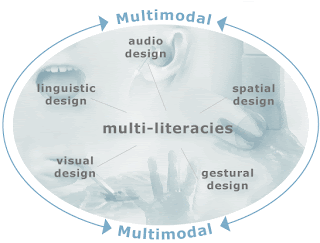As a student teacher, I have become increasingly aware of why it is essential to nurture family-school partnerships, or 'home-school connections'. As discussed in previous blogs, children bring with them to school different cultures, backgrounds and beliefs which all influence on their literacy learning. Each child brings with them different funds of knowledge and different 'lifeworlds' within their 'virtual schoolbag' (Thompson, 2002). This week we explored the vital importance of understanding these different backgrounds and skills, and how it is important for teachers to create a learning environment which creates meaning and a sense of belonging for students (Louise, 2013).
References:
Allen, J. (2009). Diverse families, welcoming schools: creating partnerships that support learning. In C. Compton-Lilly (Ed.), Breaking the silence: recognizing the social and cultural resources students bring to the classroom (pp. 125-140). Newark: International Reading Association.
https://www.youtube.com/watch?v=MWNUM-XGpnU
Kalantzis, M., & Cope, B. (2012). Literacies. Australia: Cambridge University Press.
Parent-teacher connections, [image] Retrieved from (http://www.namgis.bc.ca/Pages/Complete-List.aspx)
Parent-teacher connections, [image] Retrieved from http://mrstophamscorner.blogspot.com.au/
Phillips, L. (2013). Literacy in Primary and Middle years Contexts: Lecture. Multimedia Presentation University of Queensland, St Lucia
Thompson, P. (2002). Schooling the rustbelt kids: making the difference in changing times. Crows nest: Allen and Unwin.

.jpg)





